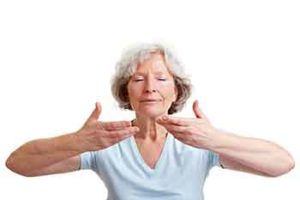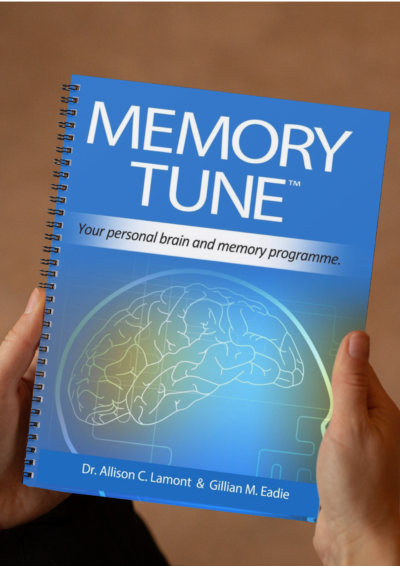Did you know?
Just by practising some simple breathing techniques you can reduce anxiety and improve your sleep quality?
It seems that many of us are ‘shallow breathing’ which means we are using the upper part of our lungs (chest breathing) rather than the lower part (belly breathing). By taking slow and deep breaths we are stimulating the parasympathetic nervous system which serves to relax and calm us.
Many instructors that specialise in taking classes for Older Adults apply a breathing component before or after the session.
Try these simple breathing practices at home:
Sit or lie down rather than stand as sometimes you may feel a little light-headed when you first start.
Do them for a round of 8-10 each.
- Box breathing – Inhale slowly for the count of 4, hold your breath for a count of 4, then exhale slowly for the count of 4, hold for the count of 4. Repeat. If the count of 4 is comfortable you can try longer, but keep the inhalation, hold and exhalation the same duration.
- Belly breathing – simply place one hand on your belly and one on your chest. Breathe slowly in and out and check that on the in breath your belly is extending and on the out breath it is returning. If your chest is moving rather than your belly you are ‘shallow breathing’.
- Bee Breathing – perform this with your fingers in your ears. Breathe in slowly and deeply, then as you breathe out make a ‘hum’ sound through your lips (like a bee)
Practise these techniques at least twice a day or whenever you are feeling tense, stressed or can’t sleep.
You may be surprised at the difference it makes.
Let us know how you get on with these? Try them for a week and tell us below about any difference you notice.


Watch out for more great exercise and lifestyle tips from Kris Tynan next month.





I have been going to Breathing Works & it is amazing what a difference it has made. I sleep better & longer. I had oesophageal cancer & was always coughing at night, I don’t do that any more.